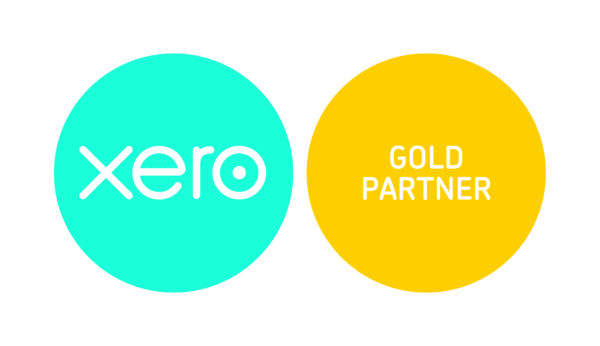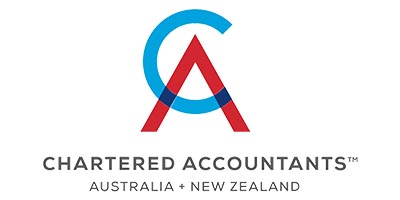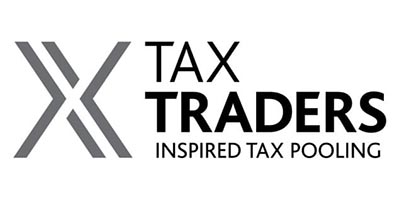A temporary loss-carry back scheme has been legislated by the government as part of its COVID-19 response. The COVID-19 Response (Taxation and Other Regulatory Urgent Matters) Bill is the introduction of this temporary tax loss carry-back measure.
This scheme allows businesses expecting to make a loss in either the 2020 year or the 2021 year to use those losses to offset profits they made the year before. In other words the legislation temporarily changes the loss continuity rules hence enabling businesses to carry the loss back one year to the preceding income year and receive refunds for taxes paid for that year.
This scheme aims to help struggling businesses by giving them a cash injection by refunding some or all of the tax paid for the preceding year. Inland Revenue is managing this scheme and it is expected that the refunds will be processed at pace to help businesses survive.
To be eligible to carry back losses:
- Businesses needs to have made a loss or anticipate that they will make a loss in either the 2020 or 2021 tax year
- Made a profit and paid tax in the year before the loss was made
Companies need to also meet these conditions to be eligible:
- The company has maintained 49% common ownership throughout the loss year and preceding year
- The group has retained 66% common ownership throughout the loss year and preceding year
- Has a sufficient imputation credit account balance to cover any refund.
What could go wrong?
Use of money interest – at the moment many businesses are struggling and this may lead them to look at using this scheme for a cash injection. However given this is only the start of the tax year the effects of COVID-19 might wear off in the second quarter leading to the business making a profit for the tax year. If a business gets its loss prediction incorrect and ends up in a profitable position it will be liable for use of money interest. It cannot use the COVID-19 use of money interest relief provision when any tax is underpaid because of using the loss carry-back scheme.







